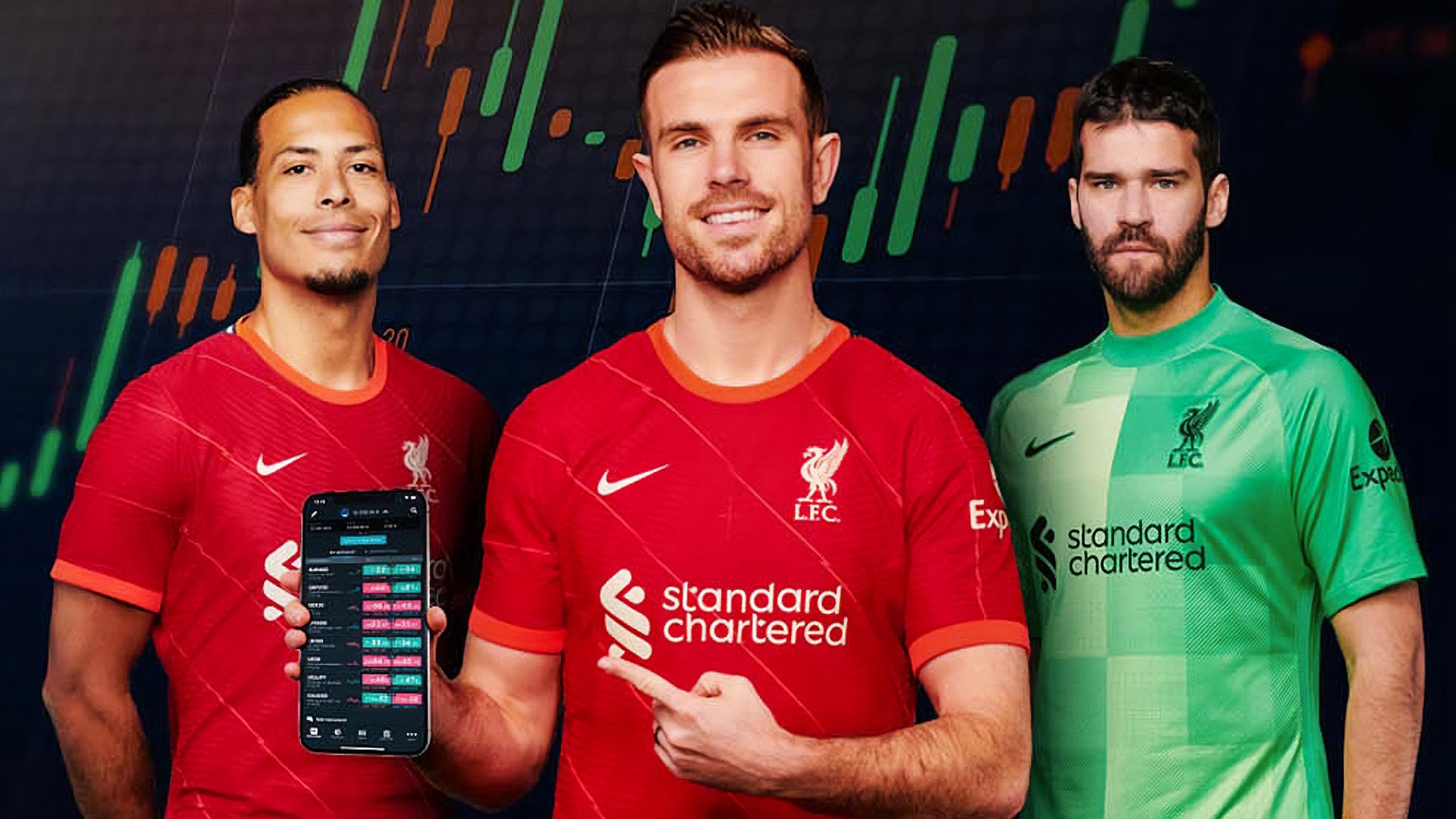Sports marketing has become a crucial tool in elevating the visibility, engagement, and financial success of local championships. With global sports marketing valued at over $500 billion, the impact of strategic promotions extends beyond international events, reaching grassroots and regional competitions. If you want to get a glimpse into all of this, you may want to use 1xbet original platform.
In the United States alone, local sports sponsorship deals generate over $20 billion annually, fueling community engagement and athletic development. The role of sports marketing in promoting local championships is multifaceted, encompassing 5 key aspects:
-
branding;
-
sponsorships;
-
fan engagement;
-
digital outreach;
-
and economic growth.
One of the key areas where sports marketing plays a decisive role is audience engagement and ticket sales. Local leagues, such as high school basketball tournaments and regional football championships, rely heavily on these marketing techniques to fill stadiums. Without proper marketing, even well-organized local events struggle to attract large crowds, impacting the overall success of the competition.
The importance of sponsorship deals
Sponsorship deals represent another essential aspect of sports marketing for local championships. While global sporting events such as the Olympics or the FIFA World Cup attract billion-dollar sponsorships, even local tournaments benefit significantly from smaller deals. By going to 1xbet.gm/app you will also be able to wager on those competitions from your phone too.
A mid-sized regional football championship can secure sponsorship deals ranging from $50,000 to $500,000, depending on its reach and audience engagement. For example, local marathons in cities like Chicago and Boston generate upwards of $10 million in sponsorship revenue, demonstrating the potential for well-marketed regional events.
Digital marketing has revolutionized the way local championships are promoted. Social media campaigns, targeted advertisements, and influencer partnerships can boost visibility exponentially. Facebook, Instagram, and TikTok have become powerful tools, with lots of sports fans engaging with sports content on these platforms.
Merchandising and branding also play a fundamental role in the financial success of local championships. Official jerseys, hats, and memorabilia contribute significantly to revenue streams. The National Federation of State High School Associations (NFHS) reports that merchandise sales for local high school sports in the U.S. generate over $1.5 billion annually. Even at the amateur level, well-branded tournaments can make $100,000–$500,000 from merchandise alone. The key to this success is an effective marketing strategy that builds a strong local identity and fosters community pride.
 Broadcasting events
Broadcasting events
Broadcasting and live streaming have further expanded the reach of local championships. While traditional TV networks focus on national and international sports, regional networks and streaming platforms have stepped in to cover local events. While watching amazing events of this kind, make sure to visit 1xbet.gm/en/line to try your wagers on them too.
Platforms like YouTube and Twitch feature lots of sporting events. Local championships that previously attracted only a few hundred spectators can now reach audiences in the tens of thousands through digital streaming. A notable example is the rise of Esports tournaments in local communities. Here, live streaming has driven viewer numbers to over 50,000 per event, with advertising revenue exceeding $250,000 annually.
Economic impact is another crucial aspect of sports marketing’s role in local championships. A well-promoted local tournament can bring in significant revenue for the host city. Studies show that a regional sports event can generate $5 million to $20 million in economic activity through ticket sales, hotel bookings, and restaurant spending.
For instance, the NCAA Division II championships contribute over $12 million to their host cities each year. Similarly, local baseball and football tournaments in cities like Orlando and Denver generate economic impacts exceeding $15 million. This demonstrates the power of effective marketing in boosting tourism and local business activity.
Finally, grassroots development is yet another area where sports marketing contributes significantly. When local championships are well-promoted, they inspire youth participation in sports. Increased participation leads to better talent development, with more players advancing to professional leagues. Countries with strong local sports marketing strategies, such as Germany and Brazil, consistently produce world-class athletes. This shows the long-term impact of promotional efforts at the grassroots level.






